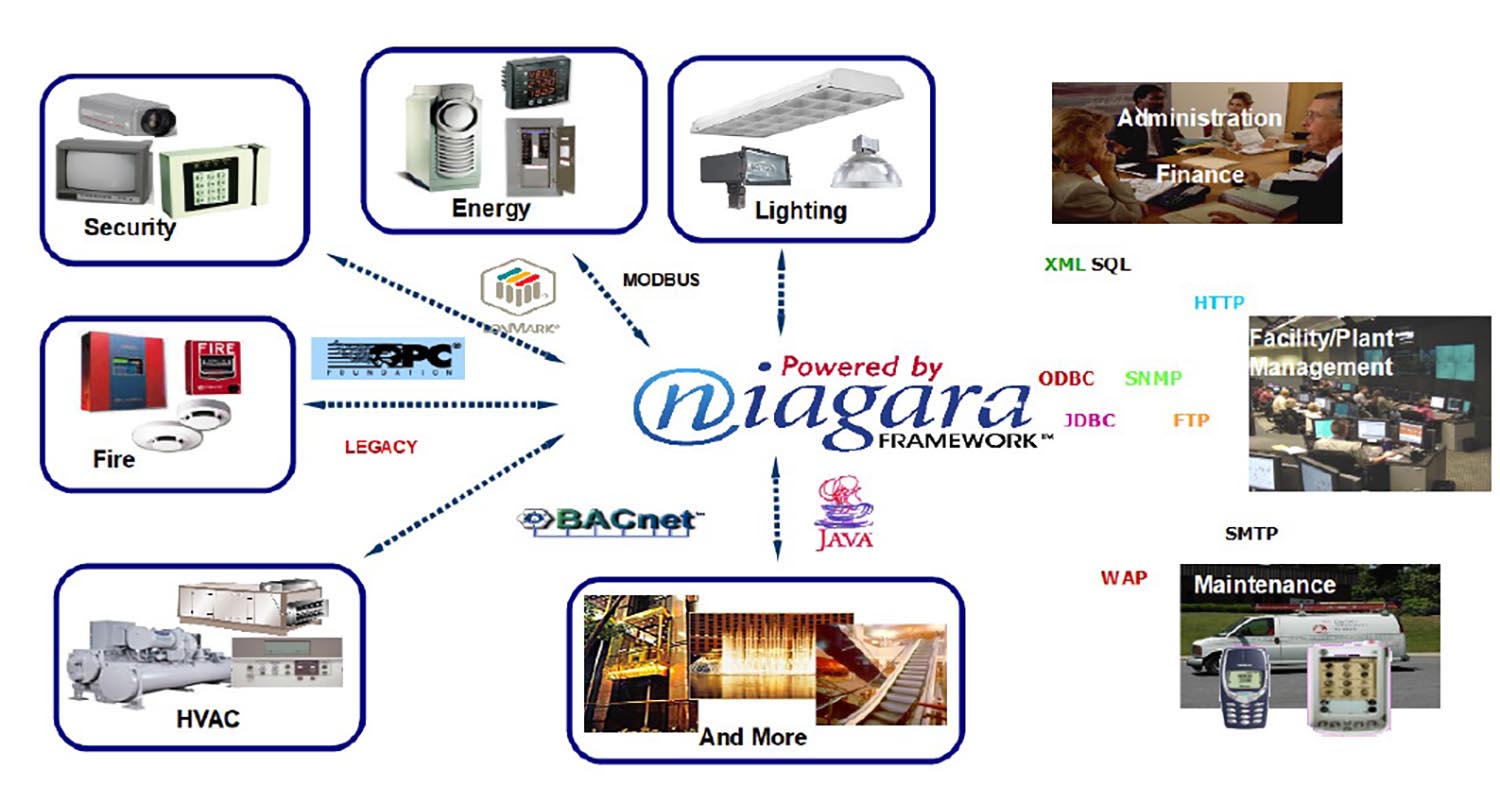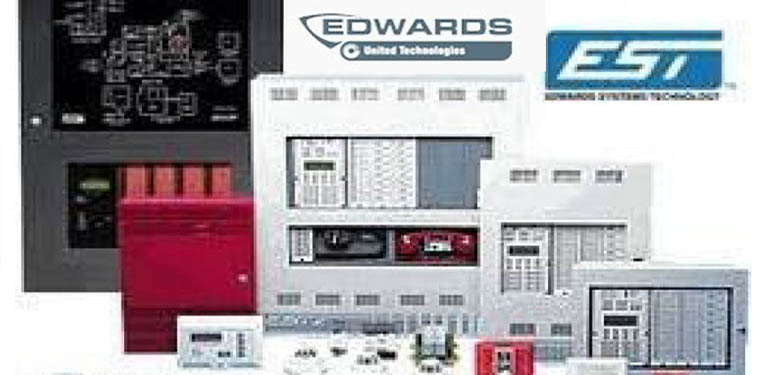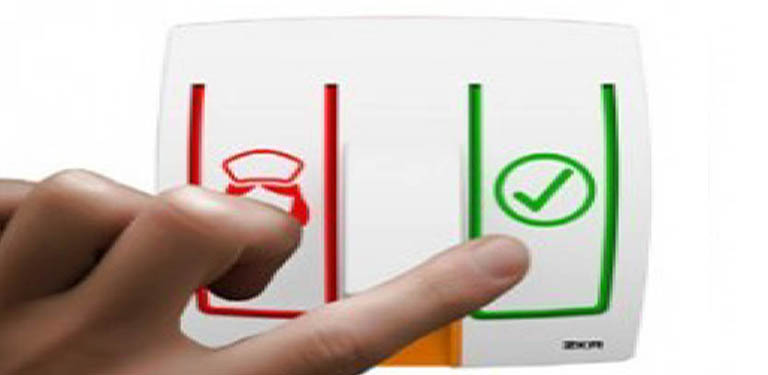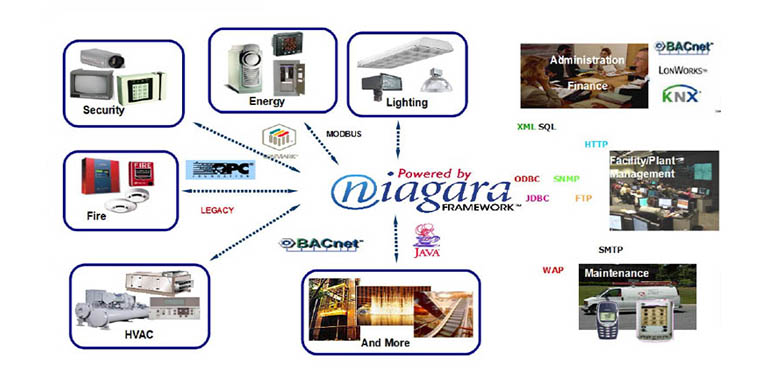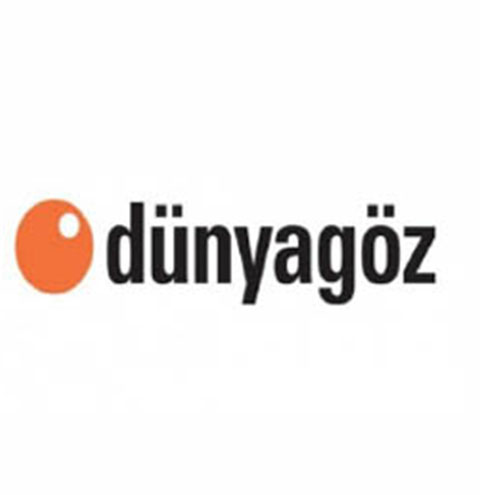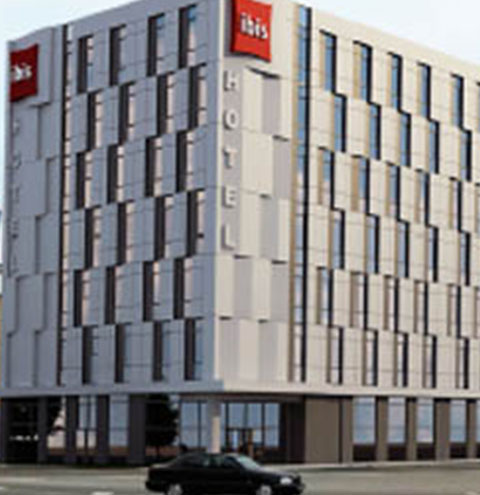System integration is one of the fundamental requirements of smart buildings. It allows for the exchange of information between various independent systems and devices, such as elevators, UPS systems, fire alarm systems, and generators, within a single unified system, providing the business with various levels of capabilities. Technical management, which can access both real-time and historical data of all building components, gains exceptional capabilities in energy optimization, periodic maintenance, and preemptive troubleshooting (often before issues arise). Another significant advantage is the ease of setting up complex automatic scenarios between systems. For example, in a typical scenario, a fire alarm triggers simple commands in the ventilation system. However, in an integrated system, additional actions can include switching the lighting to a predefined scenario, displaying escape alerts related to the fire zone on LCD announcement boards, issuing room-based alerts via the hotel IPTV system, and lowering exit security levels on card-controlled doors.
The NiagaraAX system offers the widest protocol support by far; most drivers for open protocols are entirely free. However, there's a critical technological difference. Tridium provides communication capabilities directly in the field control devices spread throughout your facility at multiple points, whereas most companies offer limited communication capabilities at the host computer level. This approach not only eliminates all system capacity limits but also reduces costs, in addition to the advantage of cabling.
Tridium NiagaraAX advantages:
1. The widest open protocol support: BacNet, Lonworks, Modbus, M-bus, Knx-EIB-Instabus, Dali, Zwave, SNMP, OPC, XML, oBiX, SQL, Micros (Fidelio)...
2. The widest proprietary protocol support: Carrier (CCN), Honeywell (C-Bus), Andover, Helvar, Hitachi, Horstmann...
3. Most open protocols are entirely free (Bacnet, Lonworks, Modbus, M-bus, Knx-EIB-Instabus, Z-wave...)
4. Integration capabilities not limited to a few points at the host computer level but widely spread at the field controller level..
5. Standard configuration for all supported protocols through a single engineering software.
Cable advantage of integration:
The advantages of system integration do not stop there. On top of all technical and functional benefits, there is significant cabling savings. This results in:
• A substantial reduction in total system cost.
• Clean and clear system structures, leading to significant long-term maintenance and service ease
• No bottlenecks in meeting deadlines for projects racing against time (aren't all projects like this nowadays?)

